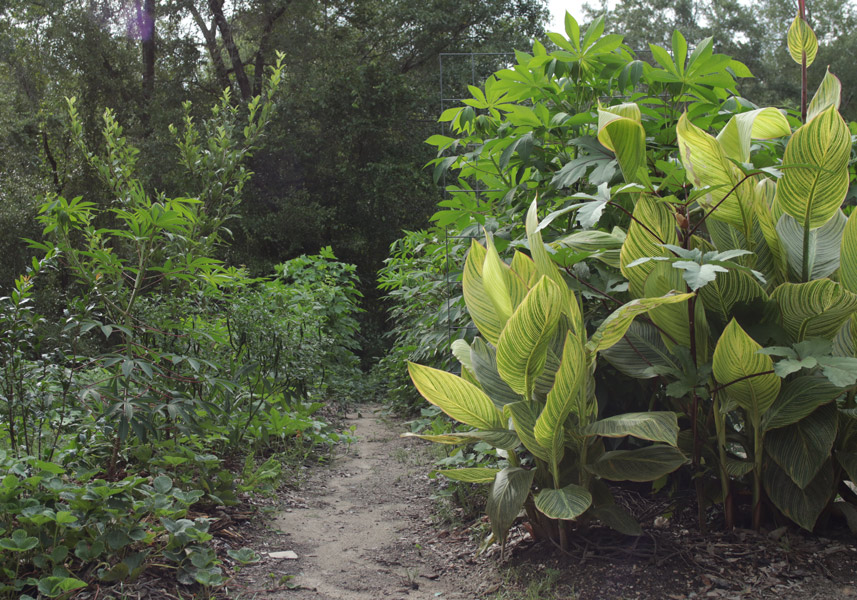Lora asks about companion planting in a Grocery Row Garden:
I’m in the process of reading Grocery Row Gardening and have a question. I’m wondering about companion planting in the rows. Do you feel it matters at all or are there some combinations you avoid? (i.e. potatoes next to tomatoes, etc.) Or, have you found it hasn’t made much of a difference?
I gather you love to experiment and would likely plant potatoes next to tomatoes just to see what would happen. I admire that, I do. That said, I have a 7800 sq ft lot with a house and a pool in ___________, Arizona zone 9b. My front yard has not transitioned to food production yet. I don’t have an HOA so it will become a food production asset at some point. I’ve been busy creating a garden in the back yard. We finally have all of the rock removed and a good thick layer of wood chips down in the back yard. I have several raised beds and am starting what I hope will become a permaculture grocery row area as well. It’s been a journey for sure!
Thank you for all of your books, videos and blogs. I can’t follow exactly what you do but the theory of much of it fits with heavy, caliche clay soil. There is much to fix. I’m currently battling squash bugs. I haven’t been able to grow squash in two years so am hoping the mixture of grocery rows will do the trick.
I replied:
I just plant everything together and let God sort it out. Enjoy the experiment! We see all kinds of plants growing around each other in nature – I just plant like that. Lots of plants, and if some of them don’t like each other, they’ll just fail to thrive or give up completely. Others will do great and fill in the gaps. It’s easier than making maps, and I don’t see any need to overthink things.
However… I should have added that I do pay attention to the structure of the plants I add to my Grocery Row Gardens. It’s good to consider whether a plant fits in the canopy, sub-canopy, herbaceous, ground-cover or vine layer portion of the system, as a Grocery Row Garden is just a series of planned-out food forest strips. If parts of it start to shade and overpower other parts, cut back the offending parties and throw the trimmings on the ground as compost. I’m not worried too much about mixing and matching species that “like” or “hate” each other. I just plant a bunch of species together and find that they naturally mesh into a beautiful ecosystem.
Don’t sweat the details. It’ll work out. And usually the pest problems drop off as the plants weave together. It’s a confusing space for the “bad” guys and a great habitat for beneficial predators.
If you are interested in Grocery Row Gardening, you can join the great experiment by getting a copy of the booklet I wrote explaining the system. We need more experimenters!


1 comment
To help with squash bugs, put in some umbelliferous flowers like dill, cilantro, carrots (that have bolted), Queen Anne’s lace, etc. They draw in parasitic wasps that prey on squash bugs. Every little bit helps. C. mixta and C. moschata are going to be your best bets because most varieties of them handle bug pressure pretty well.
Comments are closed.